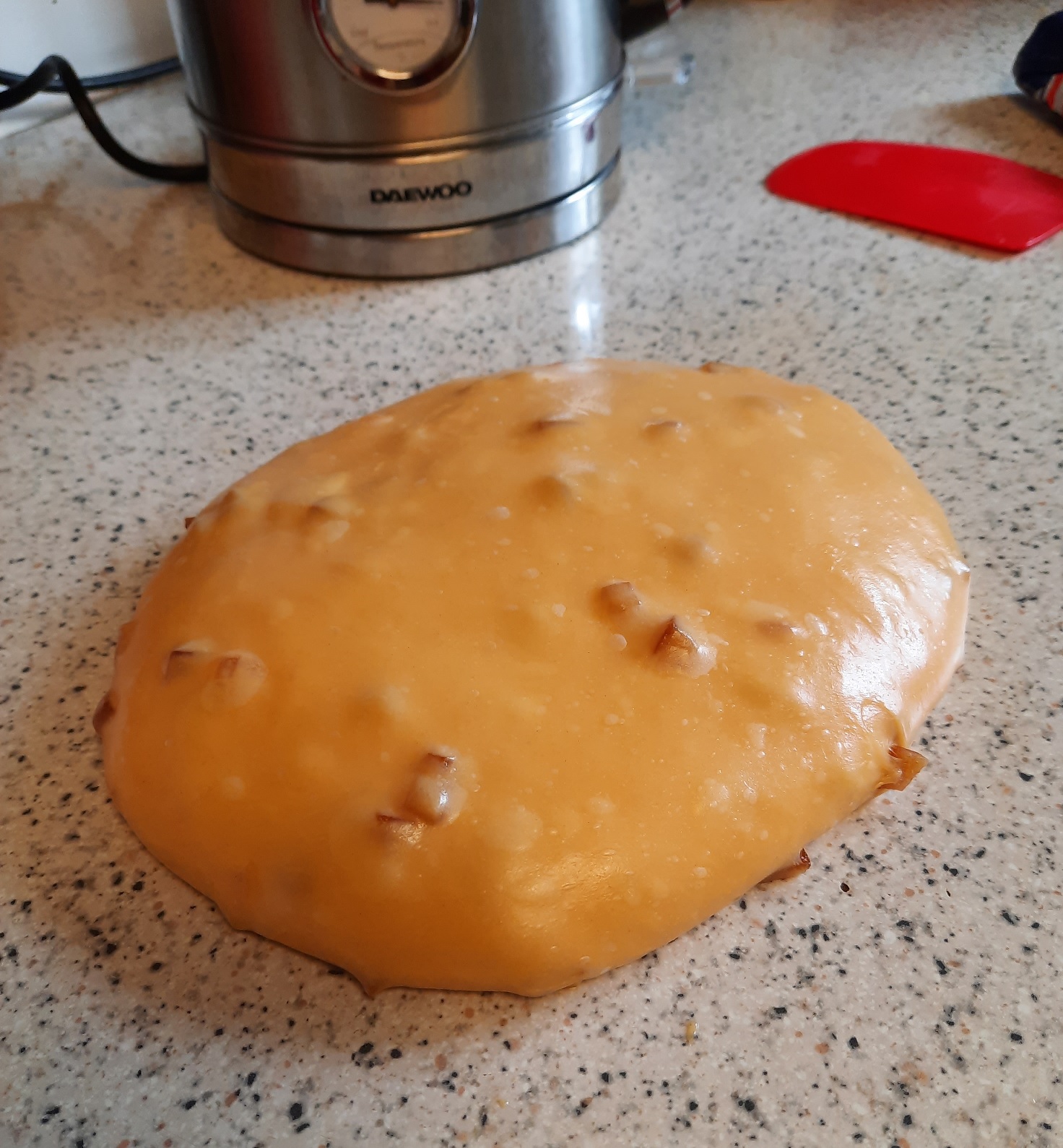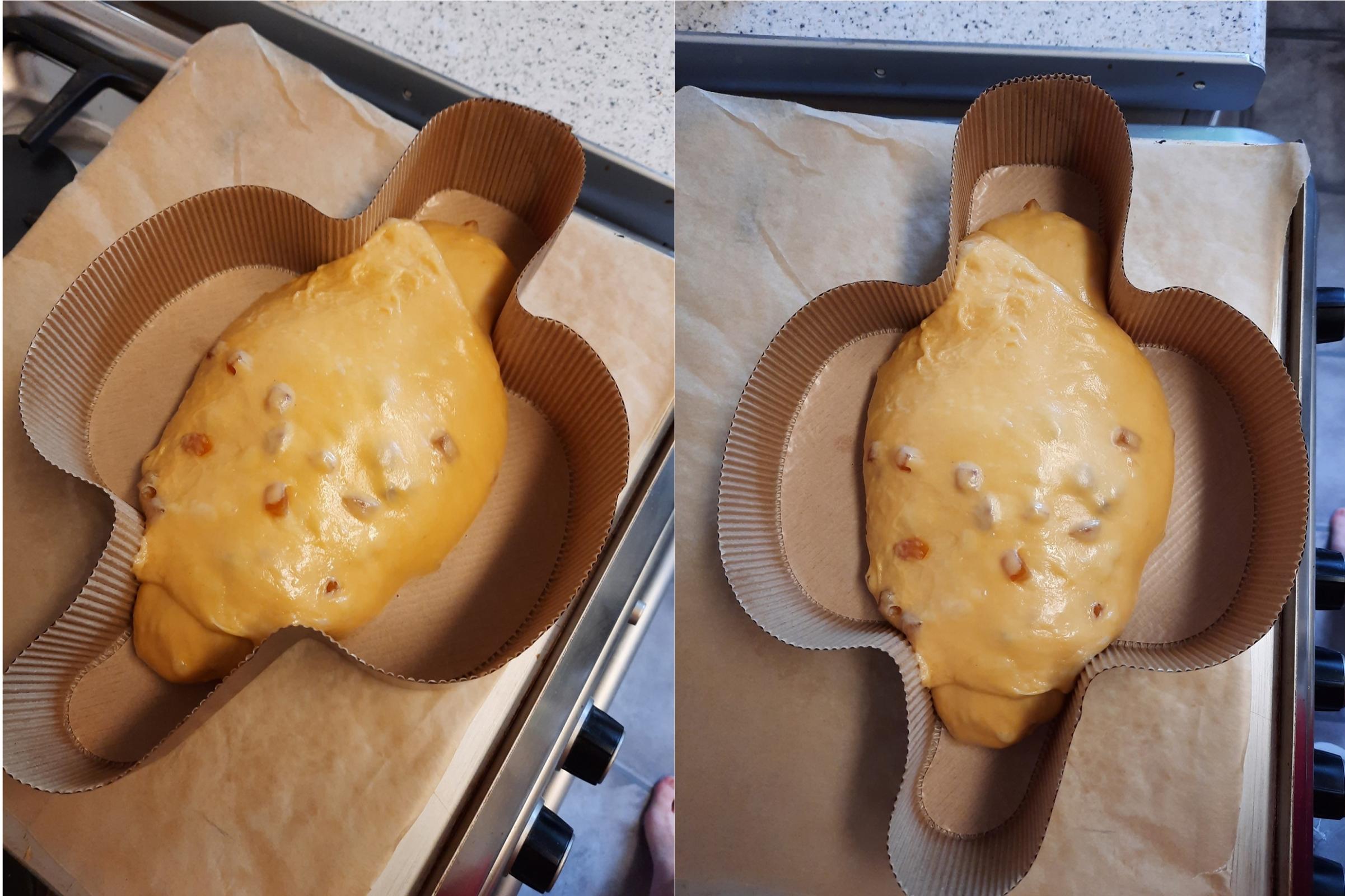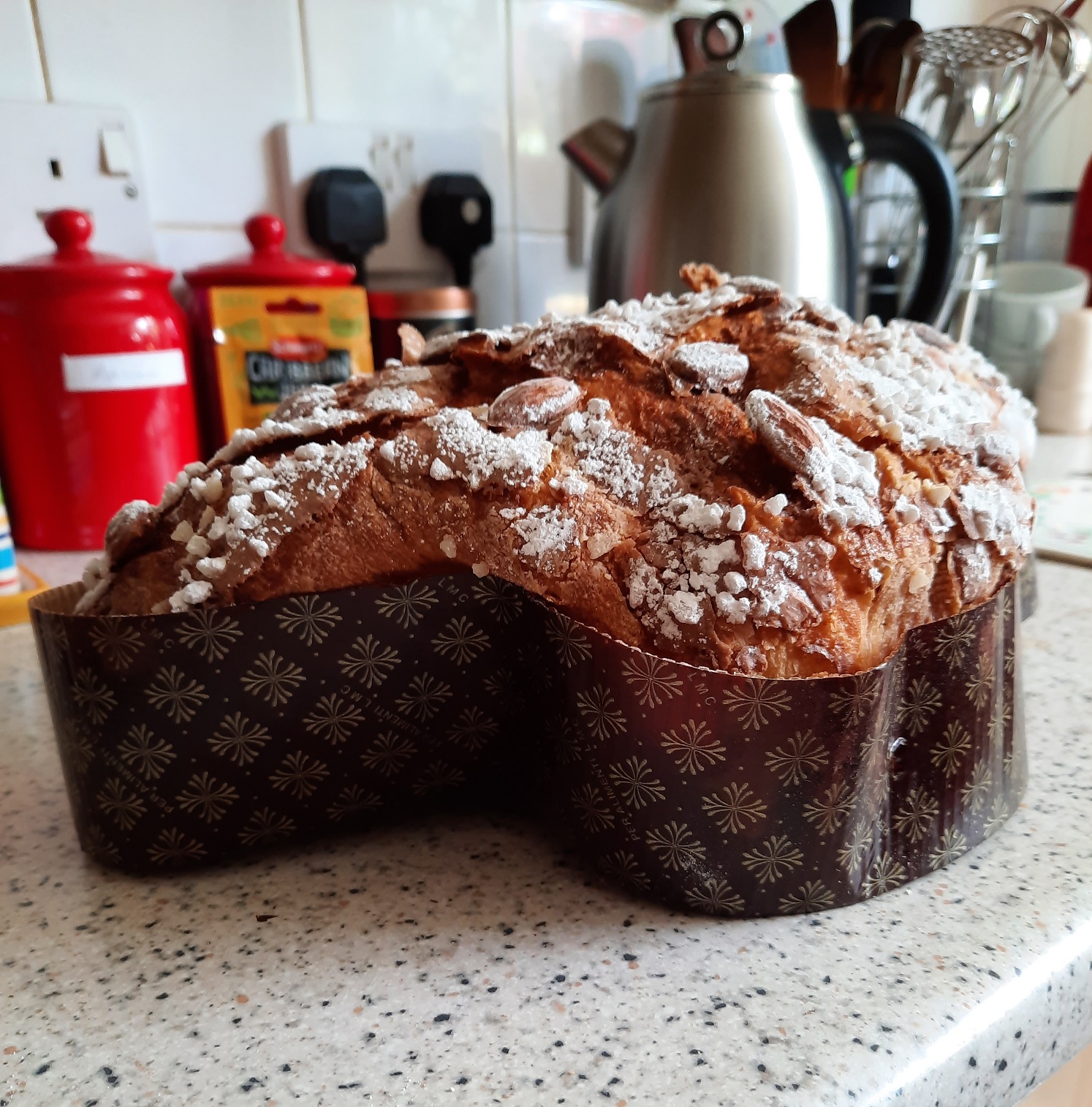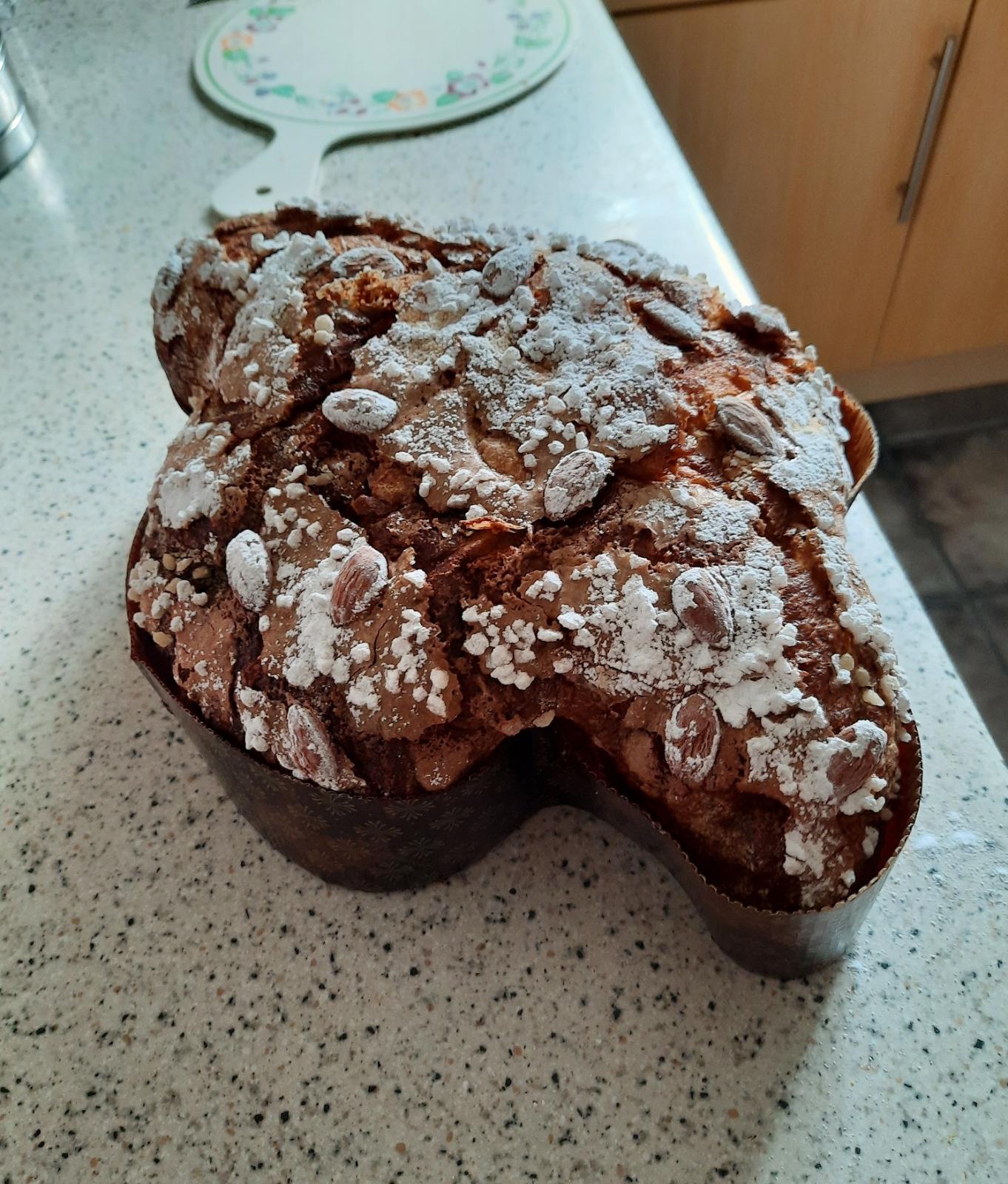It has been a considerable blot of time since my regularly featured Italian enriched doughs were frequently demonstrated. I am out of practice, and in need to validate my reputation, even if to myself but not only that but to exceed where I recognised the faults. Now armed with a new bit of kit, the Hanna “Bread and Dough” pH meter, I wanted to go deeper where such tracking was once a novel endeavour, the time had come to up my game as it were.
Most of the Grande lievitata I have produced to date have always suffered from a lack of exceptional fermentation control. The end product didn’t quite reach the excellence I craved. Flavour and softness – a sign of mastery, was just a little lacking. Still, in technical terms I have enough knowledge to know how and where in my processing can I tweak things to bring about those much desired improvements.
A story from several years ago… The best Panettone I ever tasted was crafted by the masterful hand of one “Rocco” of Wimbledon, London. I was given his contact by chef Theo Randall (Intercontinental, Park Lane, London) where I proudly presented him (Rocco) with the Pandoro I made. His commanding presence was not shy just like most Italians as he swiftly instructed his colleague to slice open the Pandoro. From one half of it he put his nose to the cross section and inhaled deeply, examining the aromas carefully. “You used cocoa butter?” he asked, to which I confirmed. He took a slice and ate a piece. He was not blown away, not much reaction really came forth, quite frankly. My memory fades in the intermediary of events but I’ll never forget his considerate but very truthful remarks. He said as far as “The Pandoro” goes I’d give yours a 3 out of ten but for a home baker to make this I’d give it an 8 out of ten. He offered me some of his Panettone to try and it was a revelation to say the least! The flavour was abundant and so expressive, and the softness was like dream of decadent delights. Amazing! After our talk and a potential job offer to work for him, I left his shop with my tail between my legs and a loaf of Durum bread under my arm. Although as I am my own strongest critic, Rocco made it clear what deep down I already knew. I knew then I could do better.
Now where was I…
So, between work I have been maintaining and feeding my Lievito Madre starter with great frequency and measuring the pH persistently. The data I have recorded, see: Impromptu LM pH data (Temp) | The Fresh Loaf
From feed cycle 15a I attempted my third run at an enriched dough. The primo impasto of the first didn’t rise at all in allotted 12 hours, the second rose well but was way too acidic and the third, again it rose well and was still too acidic but not quite as bad as last time. I decided to see it through anyhow.
The formula I had been working on was The Colomba di Pasqua formulated by “Panettone god” Iginio Massari.
| | Original | Intended | Actual |
| | Massari Colomba | 1x1Kg | |
| | | | |
| LM | 700 | 50 | 50 |
| sugar | 1000 | 72 | 72 |
| water | 1000 | 72 | 72 |
| yolks | 700 | 50 | 50 |
| flour (W300-330) | 2700 | 194 | 194 |
| butter | 1100 | 79 | 79 |
| | | | |
| flour (W360) | 700 | 50 | 70 |
| sugar | 700 | 50 | 50 |
| honey | 300 | 22 | 18 |
| yolks | 500 | 36 | 49 |
| butter | 1550 | 111 | 111 |
| salt | 50 | 3.6 | 3.5 |
| orange paste | 100 | 7 | 0 |
| water | 500 | 36 | 20 |
| orange cubes | 3000 | 215 | 110 |
| | | | |
| Total | 14600.0 | 1047.6 | 948.5 |
| | | | |
| total flour | 3882.76 | 278.59 | 298.48 |
| egg | 31% | 31% | 33% |
| sugar + honey | 52% | 52% | 47% |
| butter | 68% | 68% | 64% |
Some deviations from the intended but still very faithful to the original recipe. I used stronger flour than specified but cut it with some weaker flour also.
LM maintenance, W410.
Primo impasto, 80/20 split of W410 + W210.
Secondo impasto, W410.
All Tipo 00 (0.55% max. ash) as specified.


However, because things were not where they needed to be in terms of the chemical properties, namely the pH the dough handled not quite as it should. The dough was a little slack and a wanting of that vibrantly elasticity consequently led to the slightly dodgy shaping.

The oven spring was almightily substantial rising more than double its fully leavened height.


And finally, the inversion as required was a fraught with difficulty. Within seconds of removing this from the oven I could see it sinking like a deflating balloon as I tried to figure out how to skewer it in the most optimal support giving way. It had pretty much flattened in those few seconds as I tried to single handily flip this thing upside down, it was so very tricky… Like trying to upturn a bag filled with water.
In the end, it looks the part, but it was a “wrong 'un” from the start.


Don’t expect a glorious crumb shot. Just an erroneous one…
The journey continues…
Michael